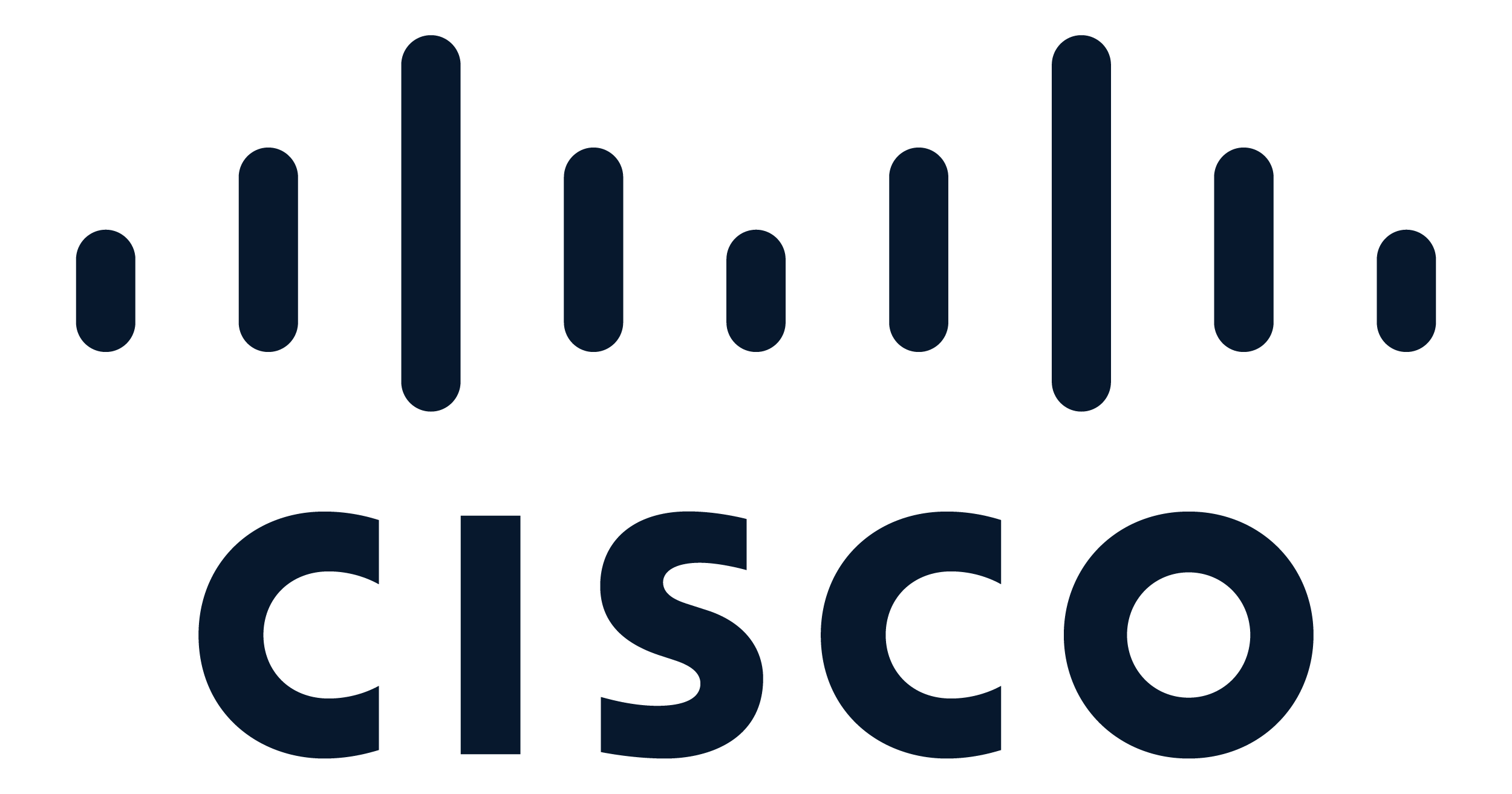Intel is in a strategic bind: its historical strength in integrated design and manufacturing (IDM) is now a liability in a world where TSMC dominates advanced process technology, and companies like Apple, NVIDIA, and AMD are thriving as fabless players. Add to that the economics of <2nm fabs (~$30–40B per site) and TSMC’s superior time-to-yield, industry-leading yield curves, and “right-first-time” execution further squeeze Intel’s options.
Intel’s “Intel Inside” campaign, launched in 1991, was one of the most effective B2B2C co-marketing programs in tech history but its coercive underpinnings are still remembered by many OEM partners, and it arguably contributed to longer-term channel resentment that still lasts today.
Outsourcing Intel’s marketing to Accenture, with a heavy reliance on AI-driven efficiencies, is a bold move, however, it comes with deep strategic risks, especially if Intel hopes to shed the legacy of its channel bullying, like the coercive “Intel Inside” era. This begs the question that cuts to the heart of the challenge: If AI is only as good as the data it’s trained, and Intel’s historical brand baggage is part of that data environment, both structurally and sentimentally - where will the NEW CREATIVE ideas come from in order to make this strategy successful?




